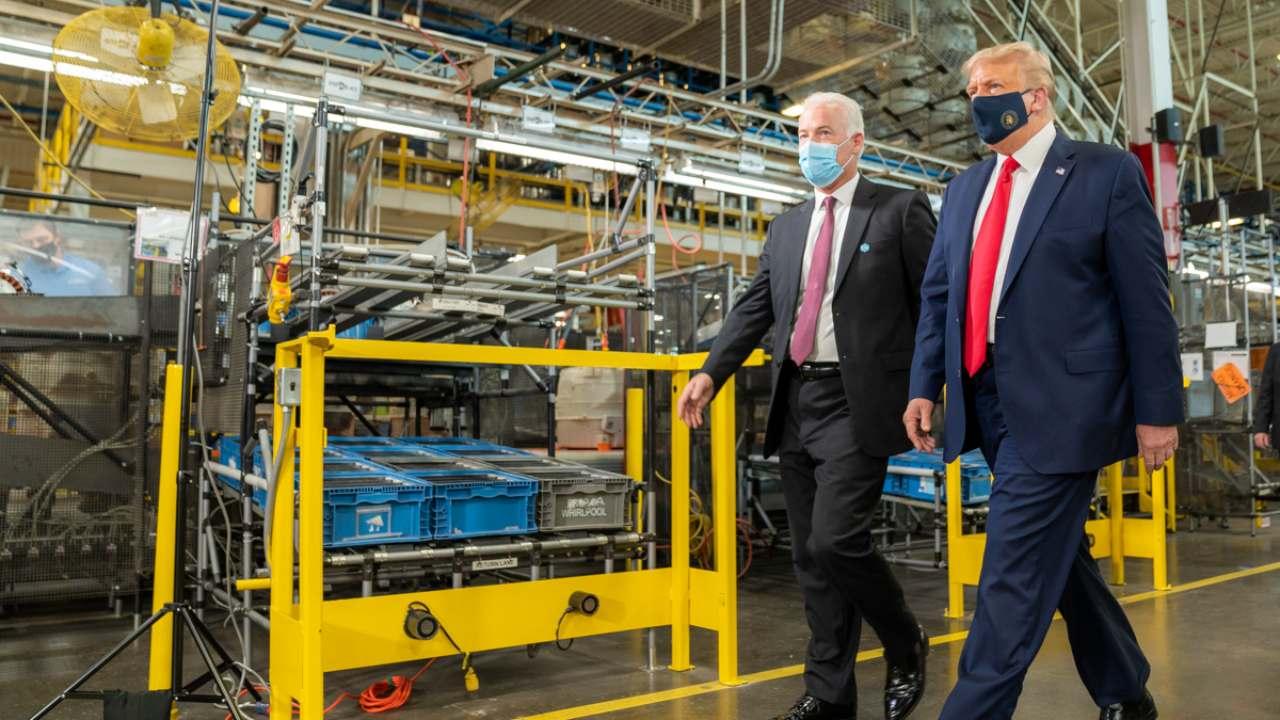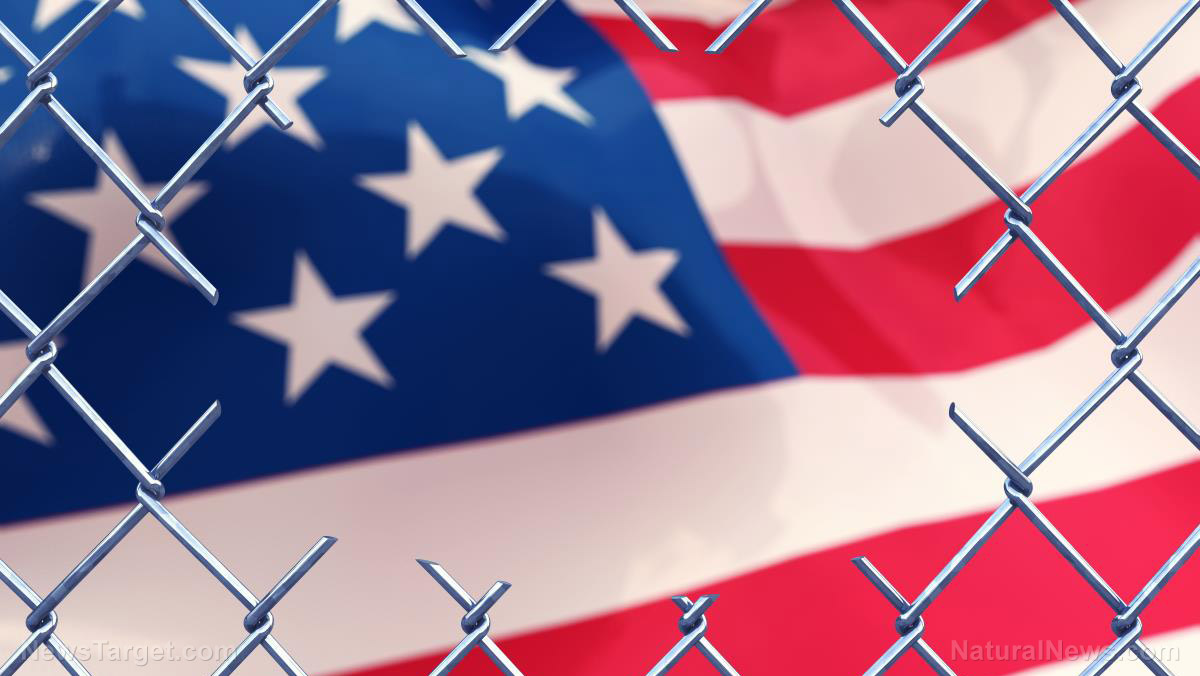How To Create A Manufacturing Superpower; Making America Great Again
by Harley Schlanger, LaRouche PAC:

President Donald Trump has been very clear that he is determined to turn (or return) America to the status of a Manufacturing Superpower. It seems obvious that he will pursue this goal aggressively in his second term. Such a commitment is certainly an urgent necessity following the COVID shutdown. Currently. there is a great deal of discussion taking place, among a broad array of individuals, on precisely this orientation.

Link to the report is at the bottom of this article.
The question before us is how to make this intention a reality. To contribute to that discussion, we focus our attention on a 2002 article by Lyndon LaRouche, “Special Report: Science and Infrastructure,” with the hope that this will aid in providing a clear orientation to those engaged in the debate now taking place.
Any effective approach in attempting to reverse the economic devastation of the last 30 years must begin with Physical Economy. What is required is to identify those initiatives and interventions which will produce an escalating increase in the productivity of the physical economy,—not increases in “monetary” productivity, but a sustained growth in what Alexander Hamilton defined as “Labor Power.”
The problem today is that much of the well-intentioned discussion of rebuilding America’s manufacturing capabilities lacks scientific rigor. Physical Economy is a science. It is grounded in mankind’s increasing mastery over nature, through a series of inventions, discoveries and interventions over a span of millennia. Lyndon LaRouche’s 2002 paper provides the precise remedy to our current ills and the proper orientation toward what must be done.
In that paper LaRouche defines what he calls the Three Key Elements of economic recovery: 1) Basic economic infrastructure, 2) Economic Entrepreneurship, 3) Culture. LaRouche draws a parallel between these Three Elements and the three Leading Principles of the U.S. Constitution: 1) Sovereignty, 2) the General Welfare, 3) Posterity. Thus, our sovereign government has both the authority and the responsibility to undertake key economic initiatives for the betterment of the people and future generations.
Rudiments of a Proper Approach
What is required today is a rebuilding of U.S. manufacturing capabilities in-depth. Any attempt to simply create isolated high-tech “boutique” industries ultimately can not succeed. The reality of manufacturing is that any advanced enterprise engaged in production depends entirely on a supply chain of a multitude of related and supportive manufacturing, machine tool and related industries. For an advanced manufacturing economy to function, you have to make a lot of “stuff.” Industry is an integrated whole.
It is within such an orientation that the importance of infrastructure is to be located. Infrastructure projects perform two vital functions. First, and most obvious, is the role that such projects play in transforming the nation’s productive potential through improving and expanding energy, transportation, water, communications, health care and other components of the underlying economic platform. At the same time, – and most critically in a depressed manufacturing environment – such large scale infrastructure projects have the effect of “calling new manufacturing into existence.” Through government contracts, sub-contracts, Public-Private Partnerships and other incentives, entrepreneurs in the private sector are provided the opportunity to establish or expand a multitude of productive enterprises. These same infrastructure projects also provide the context in which a new, youthful and expanded productive workforce can and must be trained up.
What is required today is a rebuilding of U.S. manufacturing capabilities in-depth. Any attempt to simply create isolated high-tech “boutique” industries ultimately can not succeed.
One cannot simply snap one’s fingers to conjure new manufacturing plants into existence. This is particularly true today, when the nation’s banking and financial institutions are diverting the bulk of available credit into financial investments and various forms of monetary speculation. Yet, even if investment capital is available, and if willing entrepreneurs are to be found, the question arises: Is there a market for what is going to be produced? Will such new enterprises prove viable and profitable?
The fact that major infrastructure investments tend to be long term will provide stability and trust for those individuals or corporations contemplating private investment in creating the new manufacturing endeavors. This approach encompasses everything from large corporations to “start-up” enterprises. If such projects are also undertaken with some form of “Buy in America” guidelines, this will provide added security to those who want to participate. In essence, from a Hamiltonian perspective, such government initiatives will catalyze the creation of new companies, new projects and new innovations.
What Comes First
One reality that must be acknowledged is that President Trump’s stated goal to rebuild American manufacturing can not succeed without a significant increase in U.S. electricity generating capacity. As of 2020 America does not even produce enough electricity to support the manufacturing we had in the 1970s, much less the requirements of the 21st century. Many of the new industries that will be created are likely to require even higher amounts of both electricity and water, as many of them will be more technologically intensive. A sane energy policy would emphasize nuclear, probably including the widespread use of modular nuclear reactors. This will also necessitate a major upgrading of the electricity grid. The failure to do this can currently be experienced in California, the land of blackouts and brownouts.
The same approach needs to be taken with both water and transportation. If President Trump wants to increase manufacturing by x percent, if he wants to “re-shore” x number of factories, if he wants to rebuild key supply chains, then the question that needs to be answered is: How much more electricity is required? How much more water is required? What upgrades in transportation will be required over the next 20 to 40 years? Population growth must also be considered in this.



